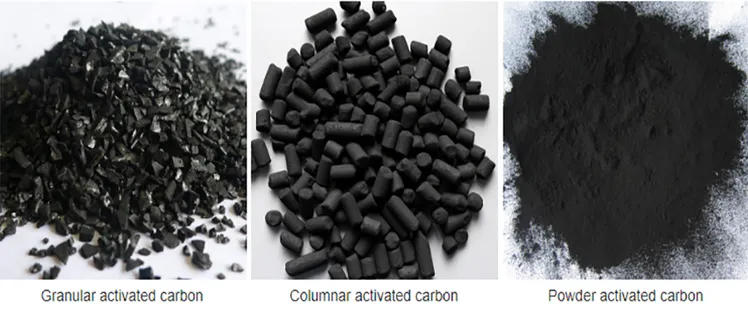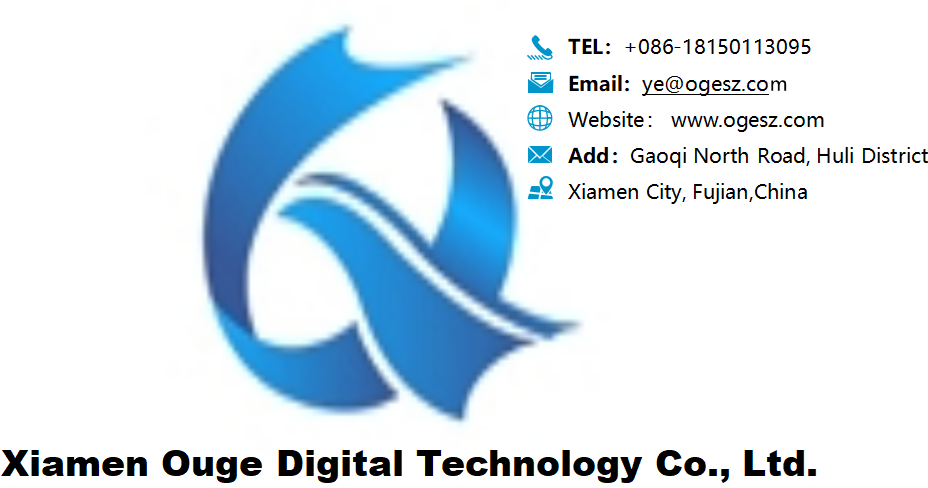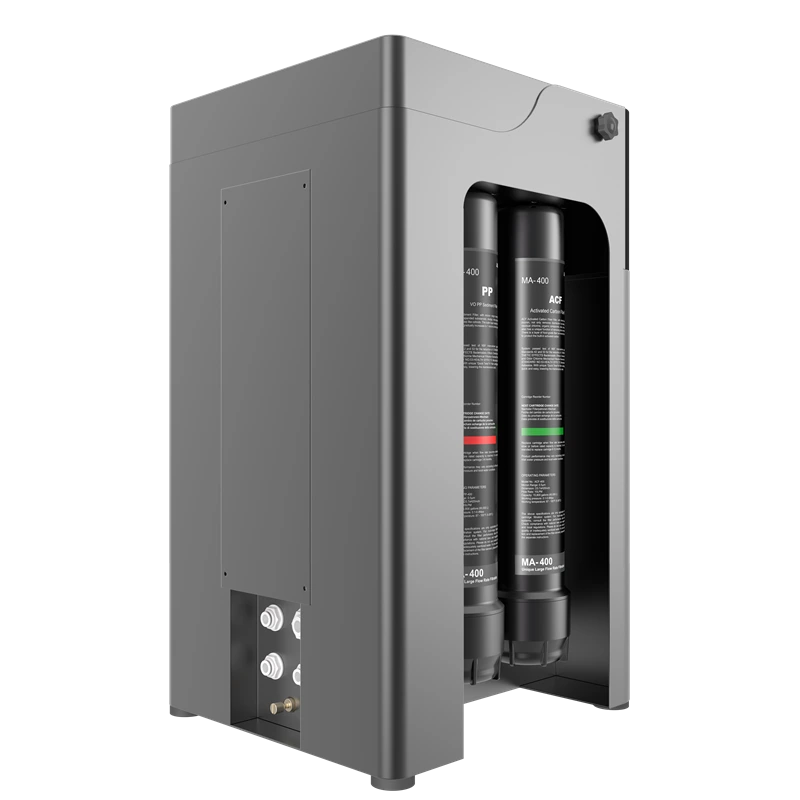Due to variations in raw water quality, conventional processes at water treatment plants often fail to remove heavy metal ions, organic compounds, and odors from source water, posing significant challenges for most water utilities. This necessitates the addition of powdered activated carbon to supplement plant processes and eliminate substances beyond the scope of standard treatment. Below, I briefly discuss the adsorption characteristics of activated carbon, along with its dosing methods and optimal injection points.

I. Adsorption Characteristics of Powdered Activated Carbon
Powdered activated carbon appears as a dark black substance. It exhibits excellent adsorption properties and high chemical stability, resisting strong acids and alkalis while withstanding water immersion and high temperatures. It demonstrates strong adsorption capacity for dissolved organic pollutants in water, such as trihalomethanes and their precursors, carbon tetrachloride, and benzene compounds. It effectively removes color, odors, and unpleasant tastes; it also exhibits strong adsorption capacity for certain heavy metal compounds. Powdered activated carbon water treatment units feature a small footprint, simple operation and management, and easy automation. They are suitable for pretreatment in conventional water supply processes and for emergency treatment when raw water quality suddenly deteriorates.
II. Powdered Activated Carbon Dosage Methods
Powdered activated carbon dosage methods are categorized into dry and wet dosing. Currently, the wet dosing method is commonly applied in water treatment processes. The suspension concentration should not be excessively high, typically around 5%, as higher concentrations may cause pipeline blockages and other mechanical failures. Powdered activated carbon dosing systems, employed in some domestic water treatment plants, can be categorized into automated and manual dosing systems.
1. Automated Dosing System
The powdered activated carbon dosing system operates similarly to a lime dosing system. Its specific working principle is as follows: Compressed air pumps transport the delivered powdered activated carbon through a pipeline system into a cylindrical storage silo. The upper section of the silo is equipped with an exhaust system, dust purifier, and storage level detection device. The conical base incorporates a compressed air conveyor. The feed hopper connected to the silo base and the turning section also utilize compressed air for material conveyance. Each powdered activated carbon blending unit features a dosing tank at the top to balance the difference between feed rate and dosing volume. Powdered activated carbon dosing is quantitatively achieved via a gravity hopper with a vibrator and a screw feeder. Mixing water volume is automatically controlled through metering and adjustable valves. A specific quantity of powdered activated carbon is mixed with water in a 5% concentration ratio to form carbon slurry. After thorough mixing in the dosing tank, the slurry is pumped to the dosing point using a metering pump (Figure 3-14).
2. Manual Dosage System
System Principle: First, manually prepare bagged powdered activated carbon into a 5% carbon slurry. The preparation tank must be equipped with mechanical stirring equipment to facilitate continuous slurry feeding; in actual operation, at least two preparation tanks are required. The prepared slurry then flows by gravity into the dosing tank. Since the slurry settles easily, agitation equipment must be installed in the dosing tank to continuously mix the slurry during dosing, ensuring uniformity. Finally, dosing is performed via metering pump or gravity flow.

III. Selection of Powdered Activated Carbon Dosage Points
The dosage point for powdered activated carbon significantly impacts its deodorization performance, typically positioned 5–6 meters downstream from coagulant addition. Odor-causing organic compounds exist in water as dissolved or non-dissolved states, with some removed during coagulation. When powdered activated carbon is dosed before or simultaneously with coagulants, competition occurs between coagulation and adsorption during the coagulation process. Specifically: This competition between flocculation and adsorption between flocs and carbon particles hinders the formation and growth of flocs from colloidal substances in water. Simultaneously, the adsorption and encapsulation of carbon particles prevent their adsorption capacity from being fully and effectively utilized. Based on the above analysis, the optimal dosing point for powdered activated carbon should be when the floc and carbon particle sizes are comparable. At this point, the flocs no longer interfere with the diffusion of malodorous substances toward the powdered activated carbon, and the adsorption deodorization effect of the powdered activated carbon can be fully realized. Production trials compared adsorption deodorization efficacy when PAC was dosed before and after coagulant addition. Results indicated the optimal dosing point is mid-reaction tank—approximately 5–6 minutes after coagulant addition.
IV. Activated Carbon Dosage and Adsorption Time
(1) Static adsorption tests simulating the contact time between powdered activated carbon and raw water, along with hydraulic mixing conditions, can be conducted to determine the actual dosage. Generally, this is controlled between 10–20 mg/L.
(2) To achieve optimal adsorption deodorization and fully utilize the adsorption capacity of powdered activated carbon, ensuring a sufficient adsorption time is essential. Shenzhen Water Group conducted extensive production trials in this area and recommends setting the pre-adsorption deodorization time for powdered activated carbon to 30 minutes or longer.
V. Precautions for Activated Carbon Dosage
(1) In conventional water treatment processes involving pre-chlorination, to preserve the activity of powdered activated carbon, pre-chlorination should be suspended prior to dosing. Potassium permanganate should be used as a substitute during this period.
(2) Due to the conductivity of powdered activated carbon, ensure insulation protection for power motors and electrical circuits. Explosion-proof motors are recommended.
(3) Prepare a reserve slurry of powdered activated carbon in a separate tank prior to raw water switching.
(4) Seal the preparation and dosing tanks for powdered activated carbon. Install dust extraction equipment as necessary to improve the operating environment.
In summary, powdered activated carbon offers significant advantages and broad applicability in municipal water treatment plants. However, careful selection of the appropriate dosing method, point, and dosage is essential during operation to ensure optimal treatment efficacy and economic efficiency.

 Reverse Osmosis Scaling Right After Startup? Here's What You Need to Know About Prevention and Treatment!
Reverse Osmosis Scaling Right After Startup? Here's What You Need to Know About Prevention and Treatment!
 Reverse Osmosis Scaling Right After Startup? Here's What You Need to Know About Prevention and Treatment!
Reverse Osmosis Scaling Right After Startup? Here's What You Need to Know About Prevention and Treatment!
 Three Certain Trends in Commercial Water Purification Over the Next Five Years
Three Certain Trends in Commercial Water Purification Over the Next Five Years
 Eight Different Methods for Pure Water Treatment Equipment Processes
Eight Different Methods for Pure Water Treatment Equipment Processes